Home>Garden Essentials>What Herbs Make Good Ground Cover
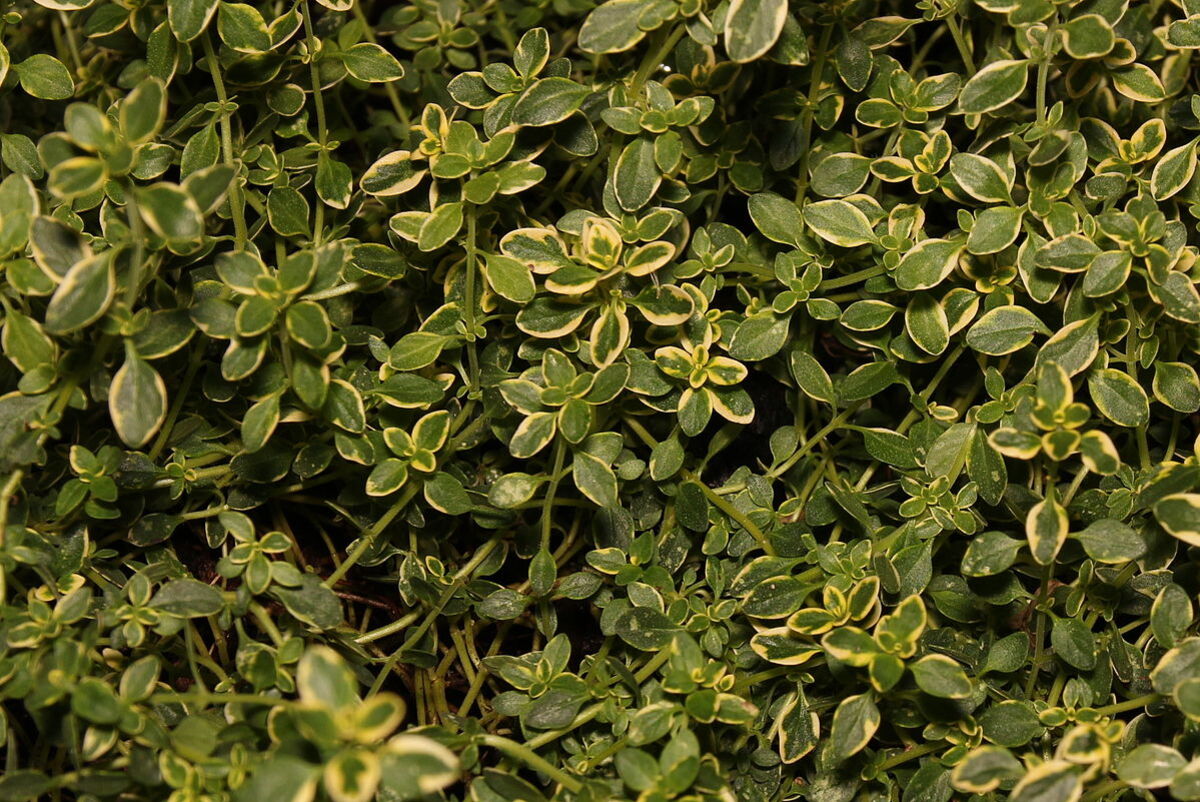

Garden Essentials
What Herbs Make Good Ground Cover
Modified: March 7, 2024
Looking to add some greenery to your garden? Discover the best herbs for ground cover and enhance your garden's beauty and functionality.
(Many of the links in this article redirect to a specific reviewed product. Your purchase of these products through affiliate links helps to generate commission for Storables.com, at no extra cost. Learn more)
Introduction
When it comes to gardening, most people think of flowers and vegetables, but have you ever considered using herbs as ground cover? Ground cover herbs can add beauty and functionality to your garden, providing you with a low-maintenance solution that not only looks great but also serves a practical purpose.
Ground cover herbs are low-growing plants that spread horizontally, forming a dense mat that covers the ground. They not only enhance the aesthetics of your garden but also help to control weed growth, reduce erosion, and retain soil moisture. In addition, many ground cover herbs have medicinal and culinary uses, further adding to their appeal.
Choosing the right ground cover herbs for your garden depends on various factors, including the amount of sunlight, soil type, and moisture levels. Each herb has unique characteristics that make it suitable for specific conditions. In this article, we will explore different types of ground cover herbs and their preferred growing conditions, helping you make informed decisions for your garden.
Key Takeaways:
- Ground cover herbs offer both beauty and practical benefits, such as weed suppression and erosion control, making them a valuable addition to any garden.
- When choosing ground cover herbs, consider factors like sunlight, soil type, and moisture levels to ensure successful growth and thriving in your garden.
Read more: What Is A Good Ground Cover In AZ
Benefits of Ground Cover Herbs
Ground cover herbs offer a range of benefits that make them an excellent choice for your garden. Here are some key advantages:
- Weed suppression: One of the main advantages of ground cover herbs is their ability to suppress weed growth. By forming a dense mat close to the ground, these herbs outcompete weeds for light, water, and nutrients, reducing the need for frequent weeding.
- Erosion control: Many ground cover herbs have extensive root systems that help bind the soil together, preventing erosion. This is especially useful on slopes or in areas prone to soil erosion.
- Soil moisture retention: The dense foliage of ground cover herbs acts as a natural mulch, helping to retain soil moisture by reducing evaporation. This can be particularly beneficial in dry climates or during periods of drought.
- Cooling effect: The thick coverage provided by ground cover herbs helps to keep the soil and surrounding area cooler, especially during hot summer months. This can have a positive impact on the overall temperature of your garden.
- Wildlife habitat: Ground cover herbs attract beneficial insects, such as pollinators and predatory insects that control pests. They also provide shelter and food sources for small animals, contributing to a more diverse and balanced ecosystem in your garden.
- Edible and medicinal uses: Many ground cover herbs have culinary and medicinal properties. They can be harvested and used fresh or dried in cooking, teas, or natural remedies, adding flavor to your meals and providing potential health benefits.
With these benefits in mind, incorporating ground cover herbs into your garden not only adds beauty and functionality but also promotes a healthy and sustainable gardening environment.
Factors to Consider
Before selecting ground cover herbs for your garden, there are several factors you should consider to ensure their success:
- Sunlight: Different herbs have varying sunlight requirements. Some thrive in full sun, while others prefer partial shade. Evaluate the sunlight conditions in your garden and choose herbs that are suited to the available light levels.
- Soil type: The type of soil in your garden will influence the growth and overall health of your herbs. Some ground cover herbs prefer well-draining sandy soil, while others thrive in clay or loamy soil. Have your soil tested to determine its composition and select herbs that are adapted to those conditions.
- Moisture levels: Consider the moisture levels in your garden. Some herbs prefer moist soil, while others can tolerate drought conditions. It’s important to match the water needs of the herbs with the natural conditions of your garden or be prepared to provide supplemental irrigation if necessary.
- Height and spread: Different ground cover herbs have varying growth habits. Consider the mature height and spread of the herbs to ensure they fit within the available space. Some herbs stay low and compact, while others can spread aggressively.
- Hardiness zone: Check the hardiness zone of your region to choose ground cover herbs that are well-suited for your area. Selecting herbs that are adapted to your climate will increase their chances of survival and thriving in your garden.
- Companion planting: Consider companion planting when selecting ground cover herbs. Some herbs have beneficial relationships with specific flowers or vegetables, providing protection, attracting pollinators, or repelling pests. Research companion planting combinations to create a harmonious and productive garden.
By taking these factors into account, you can make informed decisions when choosing ground cover herbs that will thrive in your specific garden conditions, ultimately enhancing the beauty and functionality of your outdoor space.
Herbs for Sunny Areas
If you have a sunny area in your garden that receives at least 6-8 hours of direct sunlight per day, there are several ground cover herbs that thrive in these conditions. Consider adding the following herbs to your sunny garden:
- Thyme: Thyme is a low-growing herb with small, aromatic leaves and delicate flowers. It forms a dense mat and is drought-tolerant, making it ideal for sunny areas. Thyme comes in various varieties, including creeping thyme and woolly thyme, each with its own unique foliage and scent.
- Creeping Rosemary: Creeping rosemary is a trailing herb with fragrant leaves and beautiful blue flowers. It spreads horizontally, creating a dense ground cover that is both attractive and functional. It prefers full sun and well-drained soil.
- Oregano: Oregano is a versatile herb that adds flavor to many dishes. It forms a low-growing mound and produces small flowers in shades of white, pink, or purple. Oregano prefers full sun and well-drained soil.
- Creeping Thyme: Creeping thyme is a popular herb for sunny areas due to its low-growing habit and delightful fragrance. It forms a thick mat of tiny leaves and produces small, pink or purple flowers. Creeping thyme is drought-tolerant and prefers well-drained soil.
- Golden Creeping Jenny: Golden creeping jenny, also known as lysimachia nummularia, is a vibrant herb with chartreuse-colored leaves that brighten up any sunny area. It spreads quickly and provides excellent ground cover. Golden creeping jenny thrives in moist soil but can tolerate some dry conditions as well.
These herbs not only add beauty to your garden with their lush foliage and attractive flowers but also create a functional ground cover that suppresses weeds and helps retain soil moisture in sunny areas.
Herbs for Shady Areas
If you have a shady area in your garden where direct sunlight is limited, there are still several ground cover herbs that can thrive in these conditions. Consider adding the following herbs to your shady garden:
- Creeping Jenny: Creeping jenny, also known as Lysimachia nummularia, is an excellent choice for shady areas. It has trailing stems with rounded leaves and bright yellow flowers in spring. Creeping jenny prefers moist soil and can tolerate partial shade.
- Wintergreen: Wintergreen is a creeping herb with glossy leaves and white or pink bell-shaped flowers. It thrives in shaded areas and prefers moist, acidic soil. Wintergreen is known for its minty flavor and is often used in teas, candies, and natural remedies.
- Wild Ginger: Wild ginger is a native herb with heart-shaped leaves and small brownish-purple flowers. It spreads slowly and forms a dense ground cover in shady areas. Wild ginger prefers moist, rich soil and adds a unique touch to woodland gardens.
- Wild Strawberry: Wild strawberry, or Fragaria vesca, is a charming herb that produces small white flowers and delicious berries. It tolerates shade well, making it an excellent ground cover option for shady areas. Wild strawberries prefer well-drained soil and provide a food source for wildlife.
- Dead Nettle: Dead nettle, or Lamium maculatum, is a low-maintenance herb with variegated leaves and attractive purple or pink flowers. It thrives in partial to full shade and is well-suited for shady areas where other herbs may struggle. Dead nettle prefers moist soil but can tolerate some dry periods.
These herbs not only add beauty and texture to shady areas but also serve as functional ground cover, helping to suppress weeds and create a lush atmosphere in your garden.
Thyme, oregano, and creeping rosemary are good herbs for ground cover. They are low maintenance, drought tolerant, and release a pleasant fragrance when stepped on.
Read more: What Is A Good Ground Cover For Asparagus
Herbs for Moist Soil
If you have a garden with moist soil that retains water well, there are several ground cover herbs that thrive in these conditions. Consider adding the following herbs to your garden with moist soil:
- Mint: Mint is a fast-growing herb that spreads quickly and forms a dense ground cover. It thrives in moist soil and prefers partial shade. Mint comes in various flavors, such as spearmint, peppermint, and chocolate mint, making it a versatile and aromatic addition to your garden.
- Golden Creeping Jenny: Golden creeping jenny, also known as Lysimachia nummularia, is a vibrant herb with chartreuse-colored leaves that brighten up any garden with moist soil. It spreads quickly and provides excellent ground cover. Golden creeping jenny thrives in moist soil but can tolerate some dry conditions as well.
- Cranesbill Geranium: Cranesbill geranium, or Geranium macrorrhizum, is a herb with pretty pink or purple flowers and aromatic foliage. It thrives in moist soil and can tolerate partial shade. Cranesbill geranium works well as ground cover and is known for its long blooming period.
- Pennyroyal: Pennyroyal is a low-growing herb with small, round leaves and tiny pink or purple flowers. It prefers moist soil and can be used as a ground cover or natural insect repellent. However, note that pennyroyal is toxic to humans and should be used with caution.
- Japanese Spurge: Japanese spurge, or Pachysandra terminalis, is a versatile evergreen herb that thrives in moist soil. It forms a dense carpet-like ground cover and produces small white flowers in early spring. Japanese spurge can tolerate shade and is a popular choice for shady gardens with moist soil.
These herbs not only appreciate the moisture in the soil but also add texture, color, and fragrance to your garden, creating a visually appealing and vibrant atmosphere.
Herbs for Dry Soil
If you have a garden with dry soil that drains quickly, there are several ground cover herbs that thrive in these conditions. Consider adding the following herbs to your garden with dry soil:
- Creeping Thyme: Creeping thyme is a popular choice for dry soil as it is drought-tolerant and requires little water once established. It forms a thick mat of tiny leaves and produces small, pink or purple flowers. Creeping thyme is not only attractive but also releases a delightful fragrance when stepped on.
- Rock Cress: Rock cress, or Arabis caucasica, is a low-growing herb with clusters of small white, purple, or pink flowers. It is well-suited for dry soil and is often used to create a beautiful cascading effect down slopes or in rock gardens. Rock cress prefers full sun but can tolerate some shade.
- Sedum: Sedum, also known as stonecrop, is a versatile herb that thrives in dry soil and is exceptionally drought-tolerant. It comes in various forms, from low-growing ground cover varieties to taller upright types. Sedum produces clusters of star-shaped flowers in various colors, adding beauty to your garden.
- Yarrow: Yarrow, or Achillea millefolium, is an herb with feathery leaves and clusters of small flowers in shades of white, pink, or yellow. It is drought-tolerant and well-adapted to dry soil conditions. Yarrow attracts beneficial insects and adds a pop of color to your garden.
- Wild Thyme: Wild thyme, also known as Thymus serpyllum, is a low-growing herb that tolerates dry, rocky soil well. It forms a dense mat and produces small purple flowers. Wild thyme is drought-tolerant and adds fragrance and texture to your garden.
These herbs not only thrive in dry soil conditions but also require minimal watering, making them a low-maintenance and water-efficient option for your garden.
Herbs for Poor Soil
If you have a garden with poor soil quality, there are several ground cover herbs that can thrive in these conditions. Consider adding the following herbs to improve and utilize poor soil:
- Creeping Thyme: Creeping thyme is an herb that can adapt well to poor soil conditions. It has a shallow root system and can grow in rocky or sandy soil with ease. Creeping thyme adds beauty and fragrance to your garden while helping to stabilize and improve poor soil.
- Creeping Jenny: Creeping jenny, or Lysimachia nummularia, is a resilient herb that can tolerate poor soil. It spreads quickly, forming a dense mat that covers the ground. Creeping jenny adds a vibrant splash of green and can help improve and protect the soil from erosion.
- Chamomile: Chamomile is an herb well-suited for poor soil conditions. It thrives in dry, sandy, or infertile soil and can even help improve its quality over time. Chamomile produces small, daisy-like flowers that add a touch of beauty to your garden while attracting pollinators.
- Periwinkle: Periwinkle, or Vinca minor, is a tough and adaptable herb that can thrive in poor, acidic soil. It forms a dense ground cover with glossy leaves and produces beautiful blue or white flowers. Periwinkle can help improve the soil structure and add visual interest to your garden.
- Soapwort: Soapwort, or Saponaria officinalis, is an herb that can grow well in poor soil conditions. It has a deep root system that can penetrate compacted soil, aiding in improving its structure. Soapwort produces clusters of pink or white flowers and is known for its soapy saponins, which can be used as a natural cleanser.
These herbs not only tolerate poor soil conditions but can also contribute to improving the soil quality over time. With their resilience and ability to thrive in less favorable conditions, they can transform your garden into a lush and vibrant space.
Tips for Planting and Maintaining Ground Cover Herbs
To ensure the success of your ground cover herbs, here are some helpful tips for planting and maintaining them:
- Prepare the soil: Before planting, prepare the soil by removing any weeds and loosening it to improve drainage. Consider adding organic matter, such as compost, to enrich the soil and provide nutrients for the herbs.
- Choose the right location: Select a location that matches the sunlight and moisture requirements of the specific herbs you’ve chosen. Assess the environmental conditions of your garden, such as shade patterns, soil type, and moisture levels, to ensure they align with the needs of your herbs.
- Space the herbs appropriately: When planting ground cover herbs, be mindful of their mature spread. Space the plants accordingly, considering the recommended spacing provided for each herb. This will ensure that they have enough room to grow and fill in the desired area.
- Water adequately: Proper watering is essential for the establishment and continued growth of ground cover herbs. Water the plants deeply but infrequently, allowing the soil to dry out slightly between waterings. This will encourage the roots to grow deeper and make the plants more resilient to drought conditions.
- Mulch around the herbs: Apply a layer of organic mulch, such as wood chips or straw, around the base of the herbs to provide insulation, retain moisture, suppress weed growth, and regulate soil temperature. Be careful not to pile the mulch against the stems of the plants, as this can cause rot.
- Prune regularly: Pruning is essential for maintaining the shape and health of ground cover herbs. Trim back any overgrown or leggy branches to promote bushier growth and maintain a neat appearance. Pruning also helps to encourage flowering and prevent the herbs from becoming invasive.
- Fertilize as needed: Depending on the specific herbs and soil conditions, you may need to fertilize your ground cover plants. However, be cautious not to over-fertilize, as this can lead to excessive growth and reduced resistance to pests and diseases. Use a balanced, slow-release fertilizer and follow the recommendations provided for each herb.
- Monitor for pests and diseases: Keep an eye out for any signs of pests or diseases on your ground cover herbs. Inspect the foliage regularly for discoloration, chewed leaves, or wilting. Identify and treat any issues promptly to prevent them from spreading to other plants.
- Divide and propagate: Some ground cover herbs, such as mint or thyme, can become invasive if left unchecked. To prevent overcrowding, division and propagation can be used to control their spread. Carefully dig up clumps of the herbs, separate them into smaller sections, and replant them in desired areas or give them away to fellow gardeners.
By following these tips, you can ensure the successful planting and maintenance of your ground cover herbs, creating a beautiful and functional garden that enhances your outdoor space for years to come.
Read more: What Is A Good Ground Cover For Dogs
Conclusion
Ground cover herbs are a fantastic addition to any garden, offering both aesthetic appeal and practical benefits. Whether you have a sunny or shady area, moist or dry soil, or even poor soil conditions, there are suitable ground cover herbs available to meet your gardening needs. These herbs not only enhance the beauty of your garden but also serve as natural weed suppressors, erosion controllers, soil moisture retainers, and even providers of culinary and medicinal uses.
When selecting ground cover herbs, it is essential to consider factors such as sunlight, soil type, moisture levels, and hardiness zones. By carefully matching the herbs to your garden’s conditions, you can ensure their successful growth and thriving. Furthermore, companion planting can be utilized to maximize the benefits of your ground cover herbs by creating harmonious and mutually beneficial relationships with other plants.
To achieve successful planting and maintenance of ground cover herbs, follow the provided tips, including proper soil preparation, adequate watering, spacing, pruning, fertilizing, and pest management. Regular monitoring and care will help you maintain healthy and vibrant ground cover herb gardens.
By incorporating ground cover herbs into your garden, you not only elevate its visual appeal but also create a sustainable and functional environment. Embrace the beauty and versatility of ground cover herbs, and enjoy the numerous benefits they bring to your outdoor space.
Happy gardening!
Frequently Asked Questions about What Herbs Make Good Ground Cover
Was this page helpful?
At Storables.com, we guarantee accurate and reliable information. Our content, validated by Expert Board Contributors, is crafted following stringent Editorial Policies. We're committed to providing you with well-researched, expert-backed insights for all your informational needs.

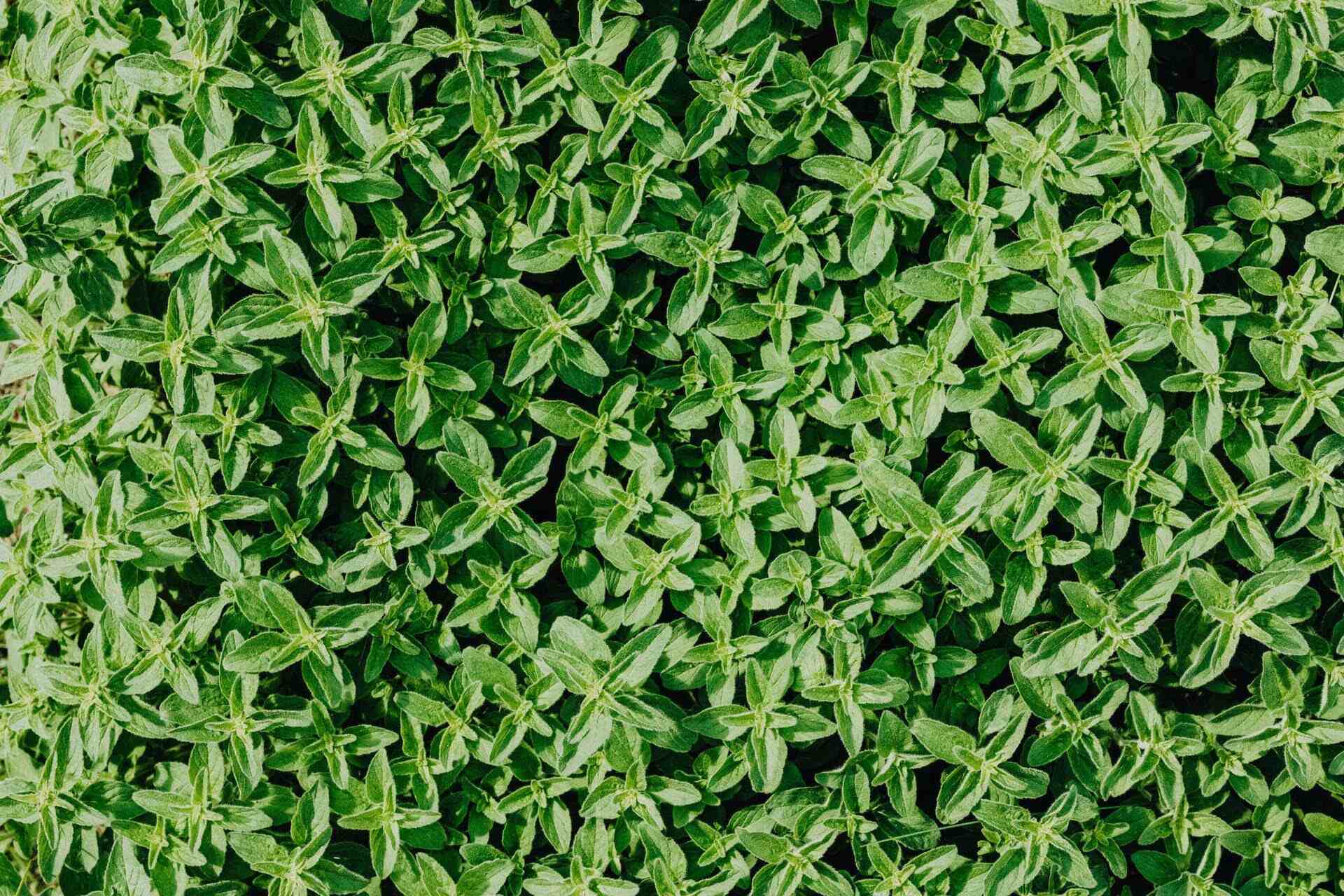
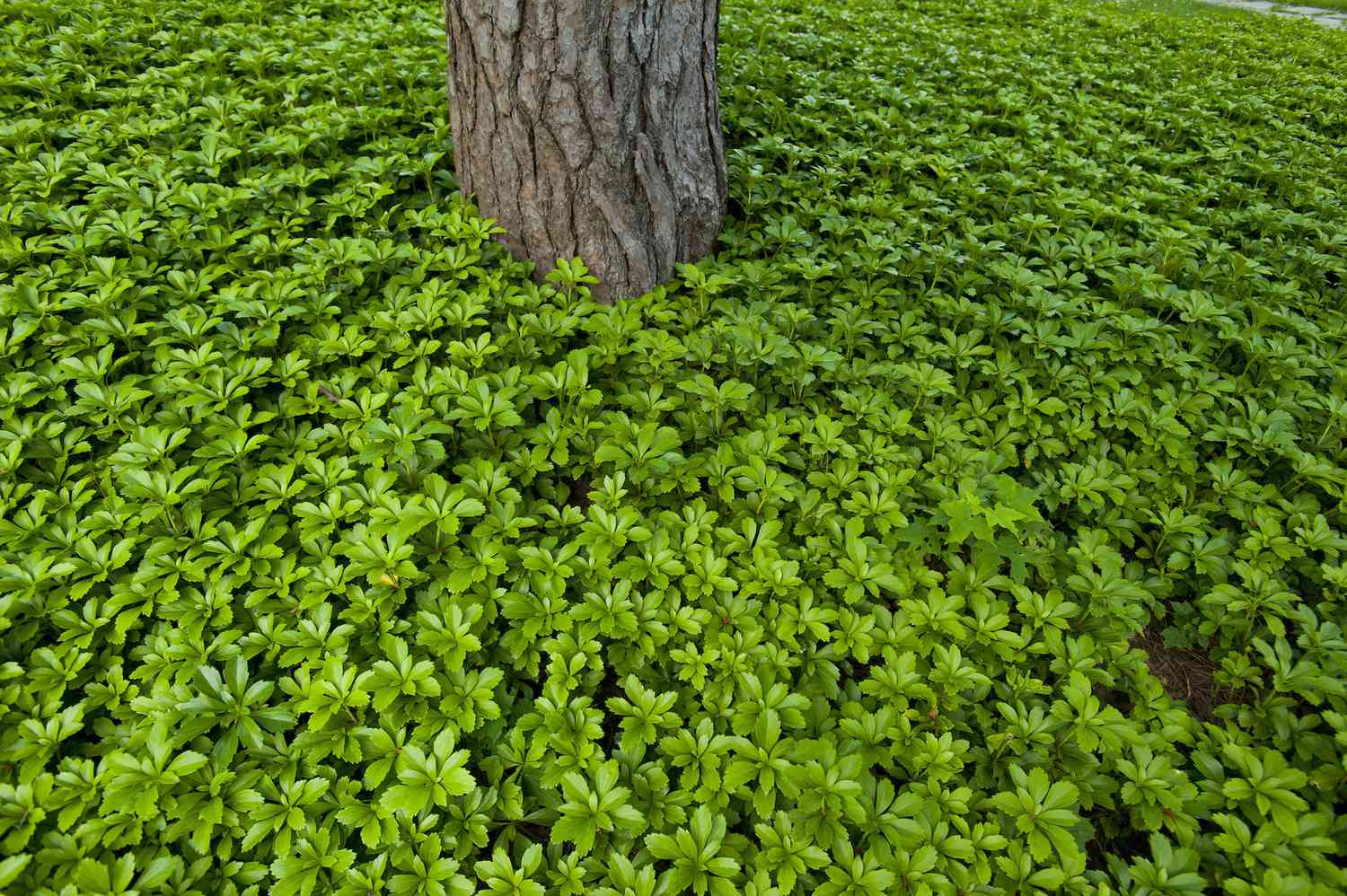
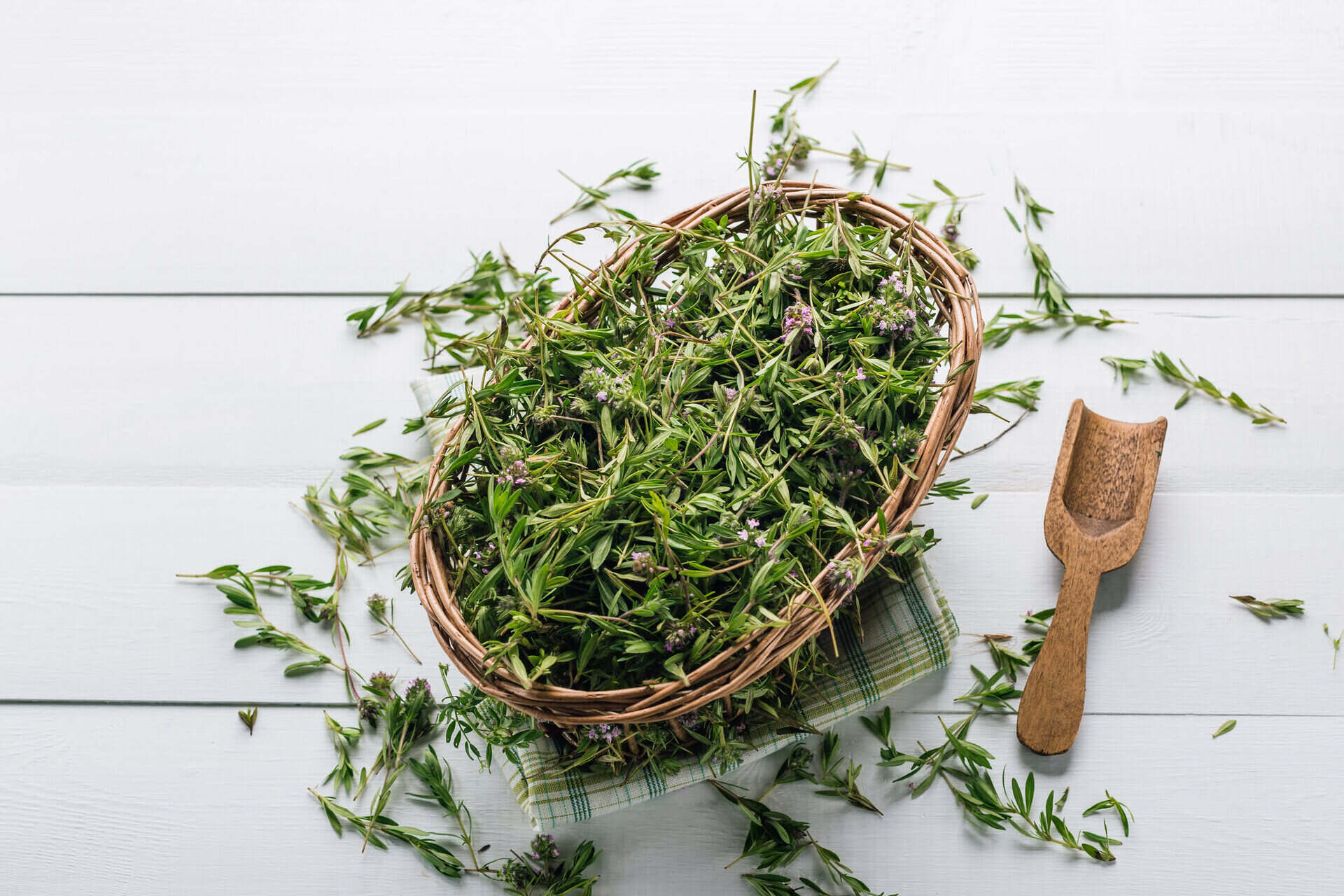
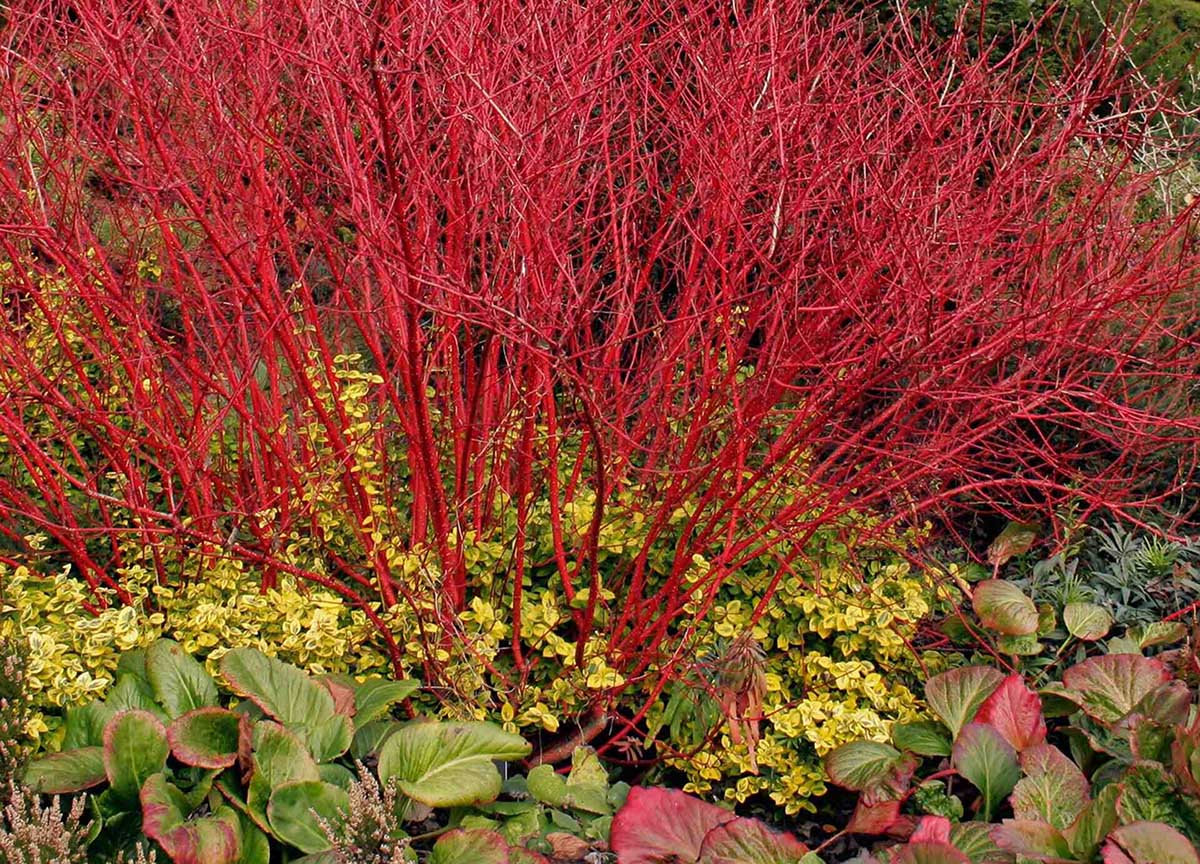
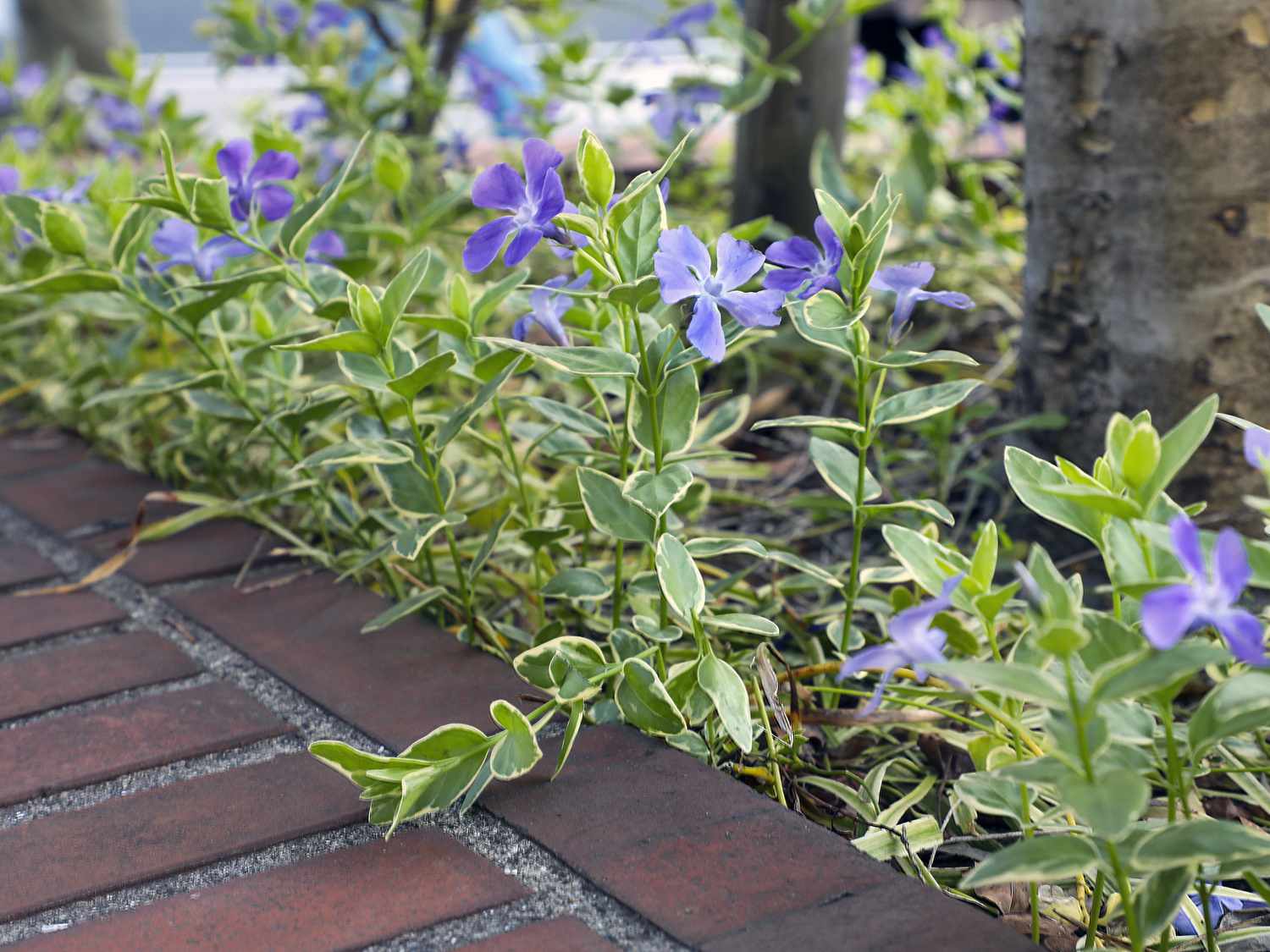
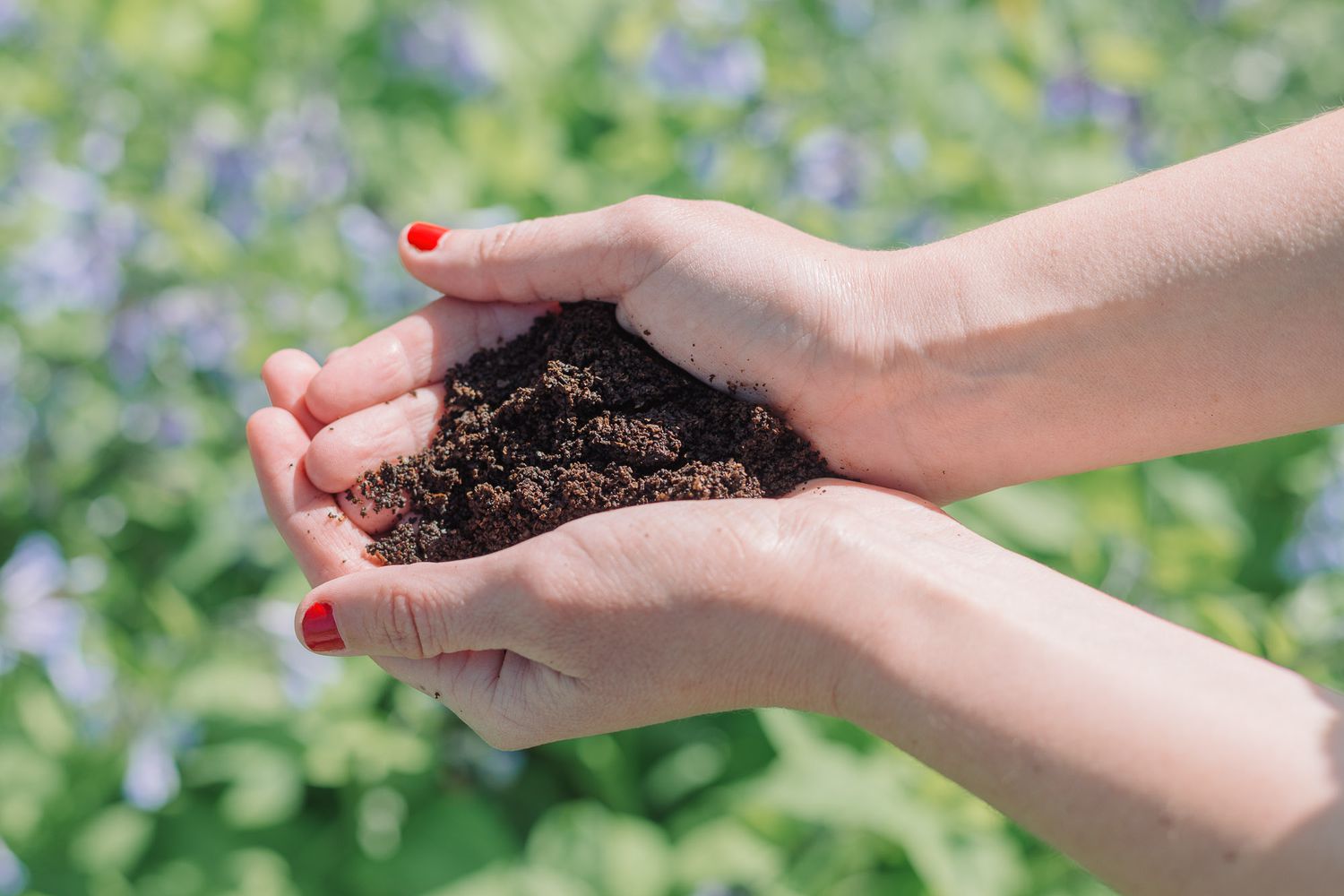
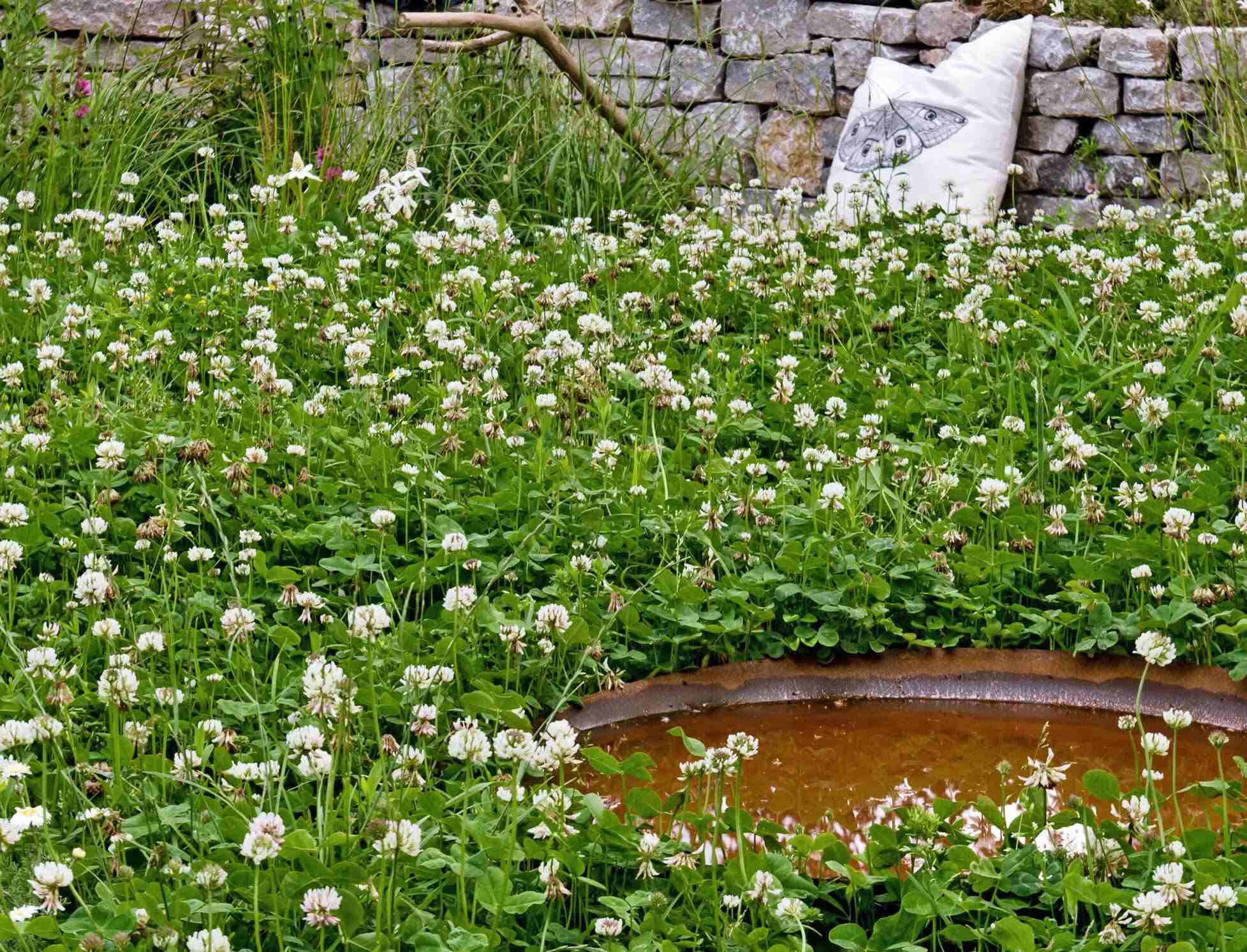
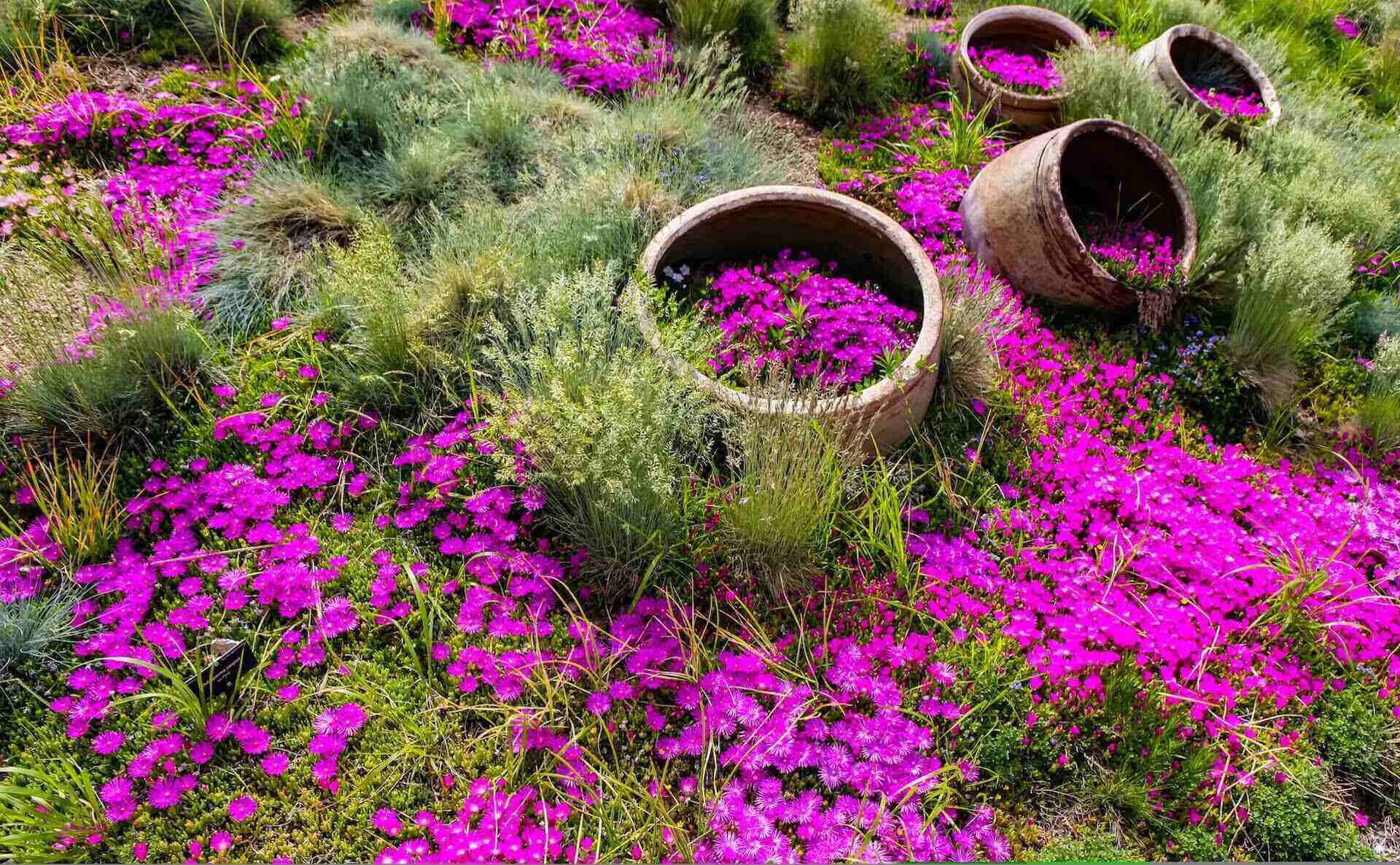
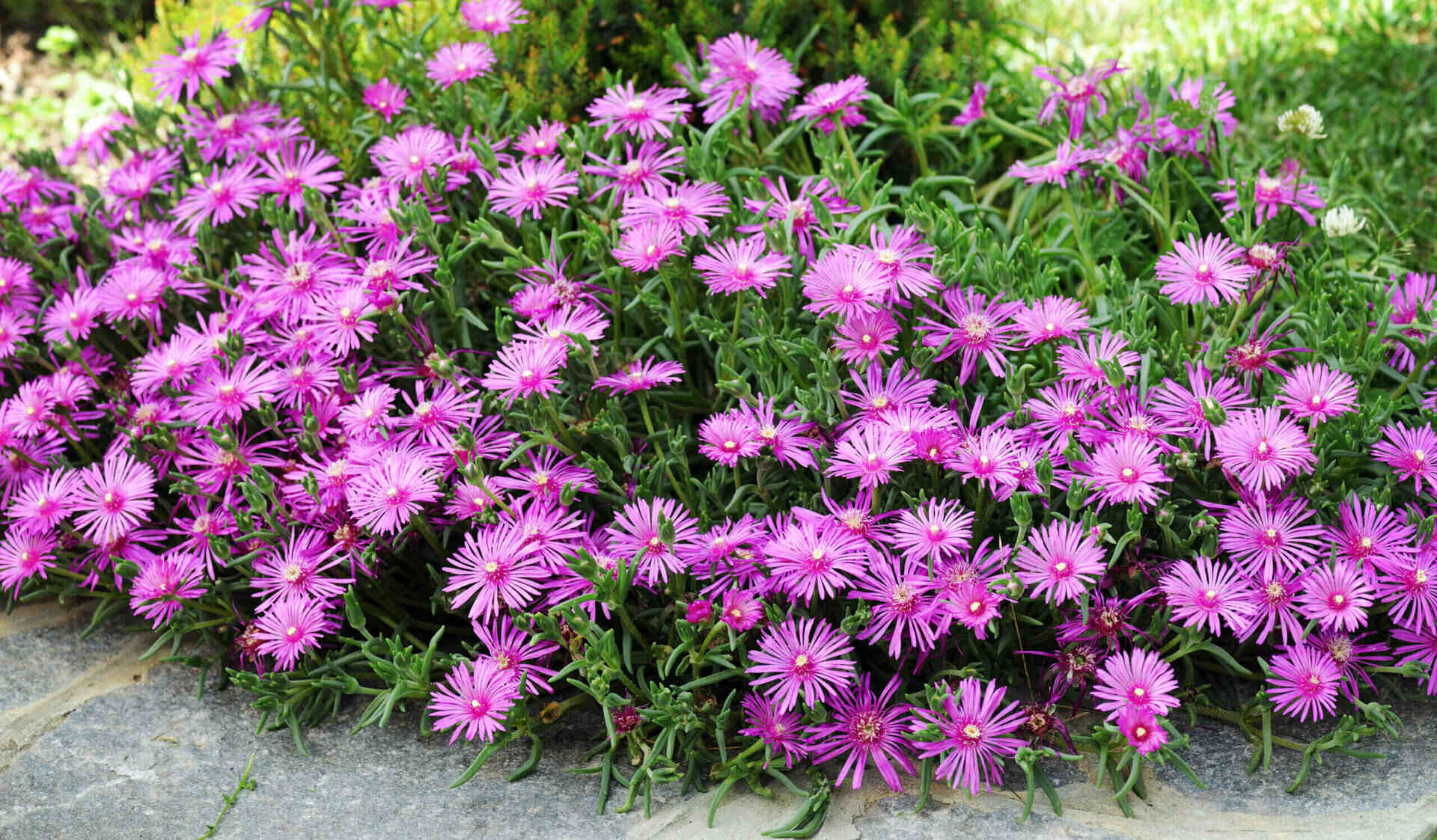
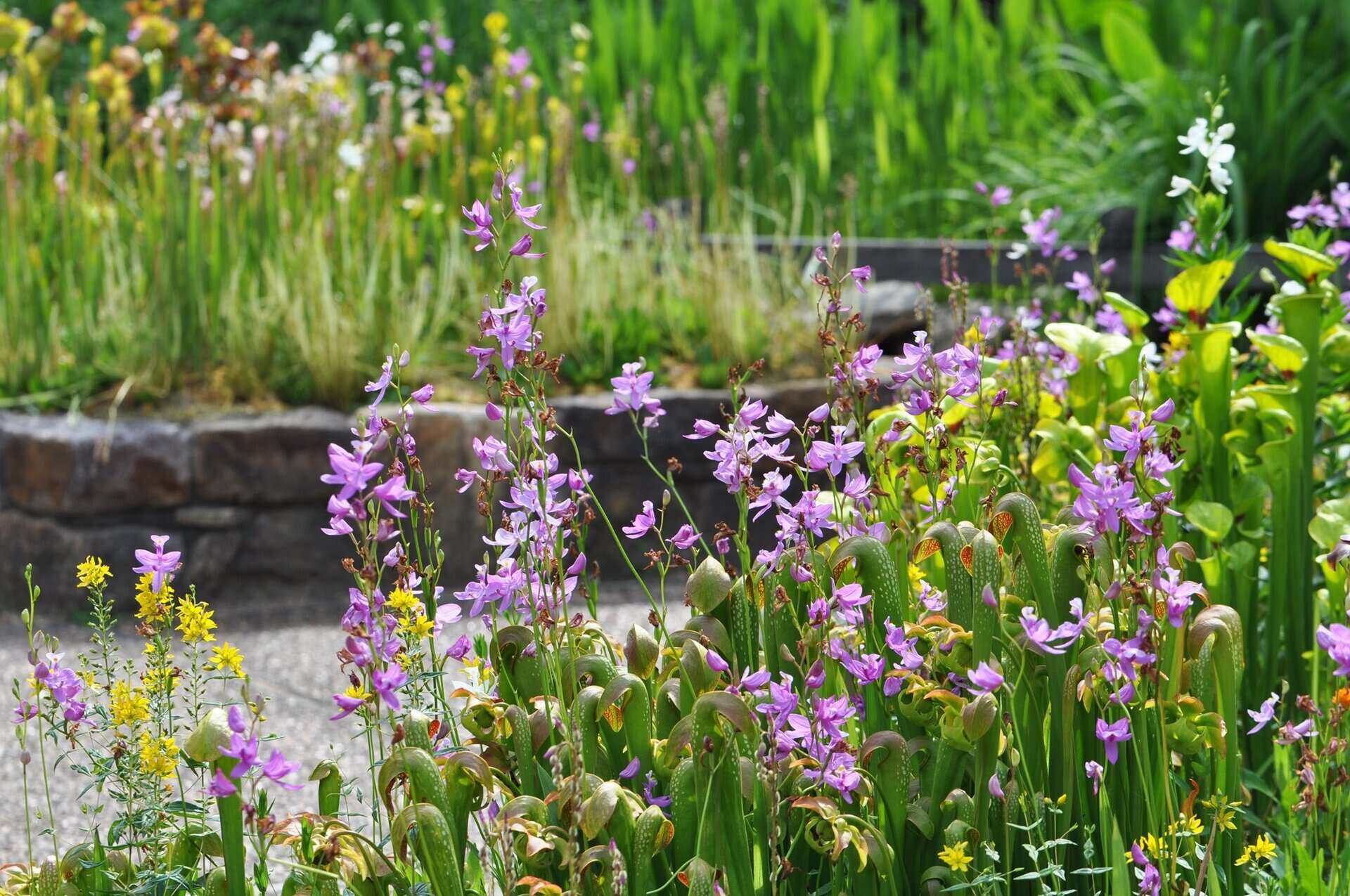
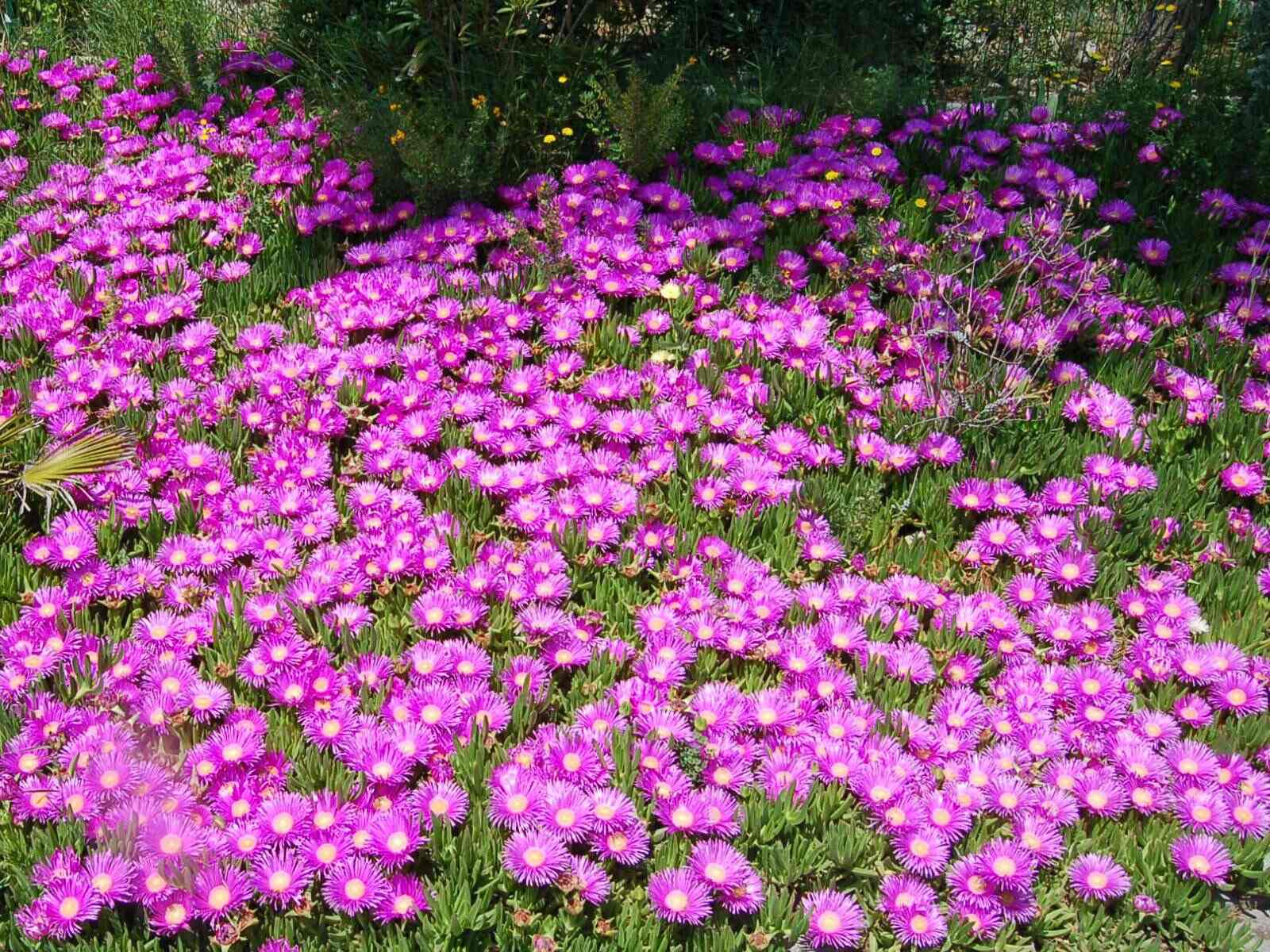
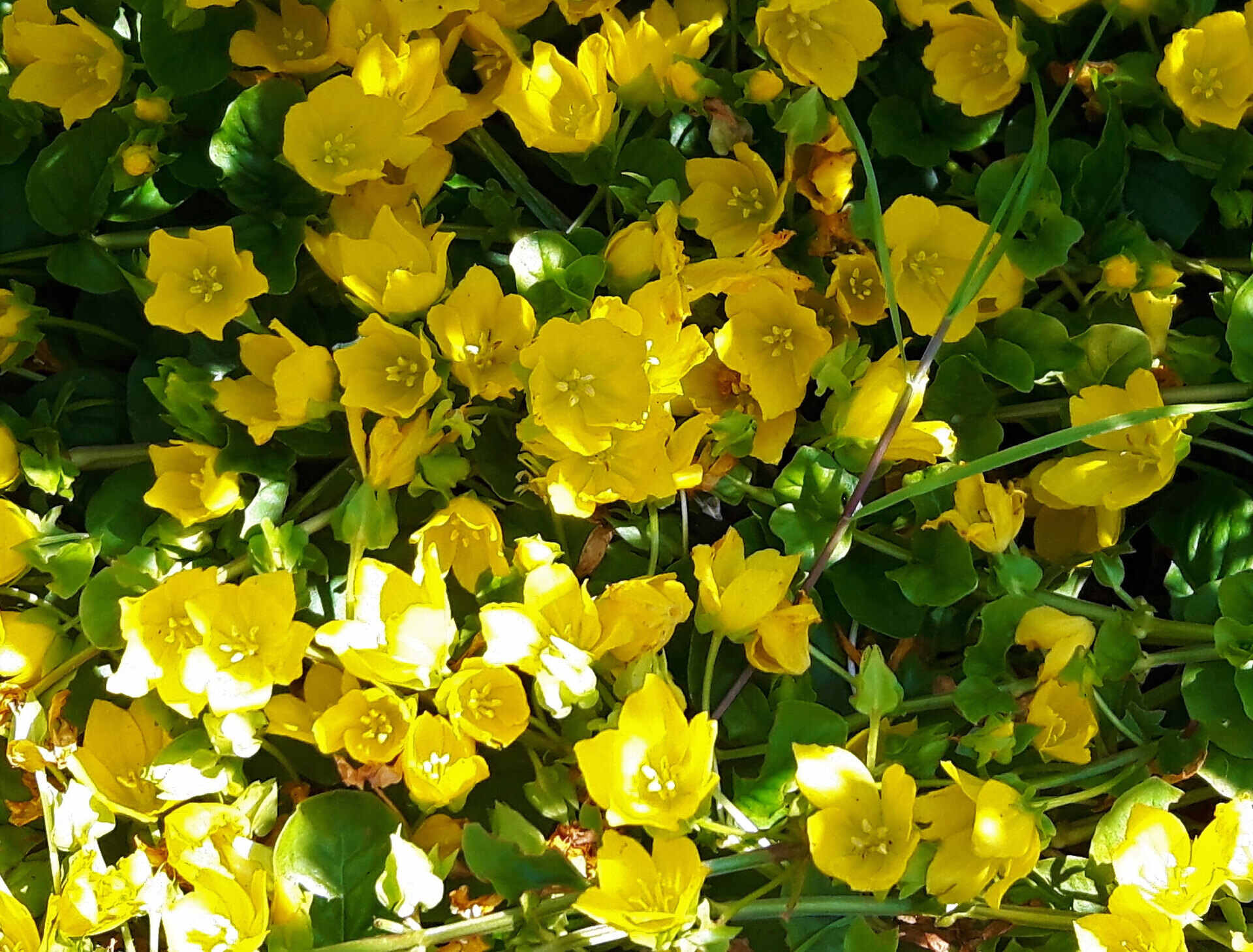

0 thoughts on “What Herbs Make Good Ground Cover”